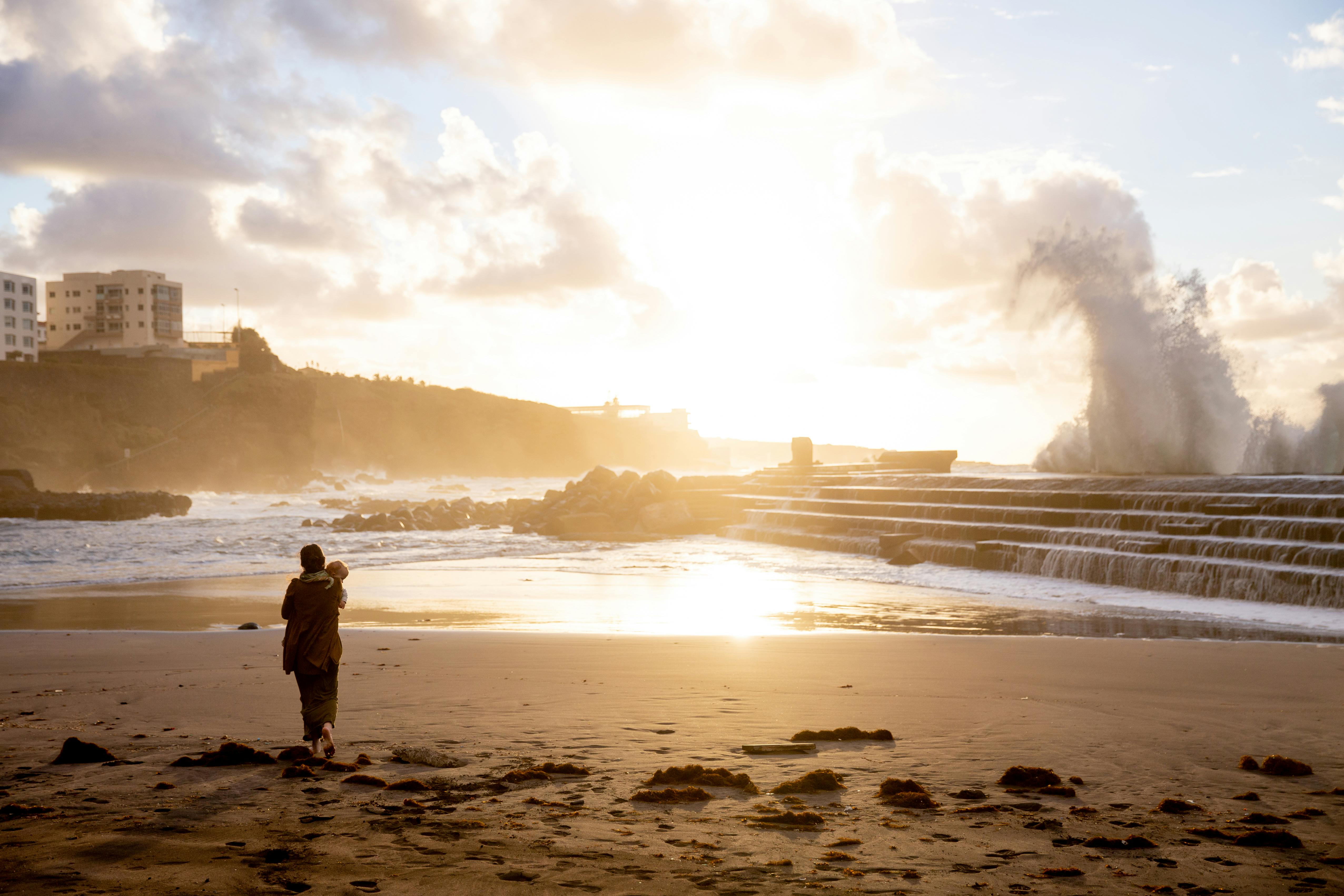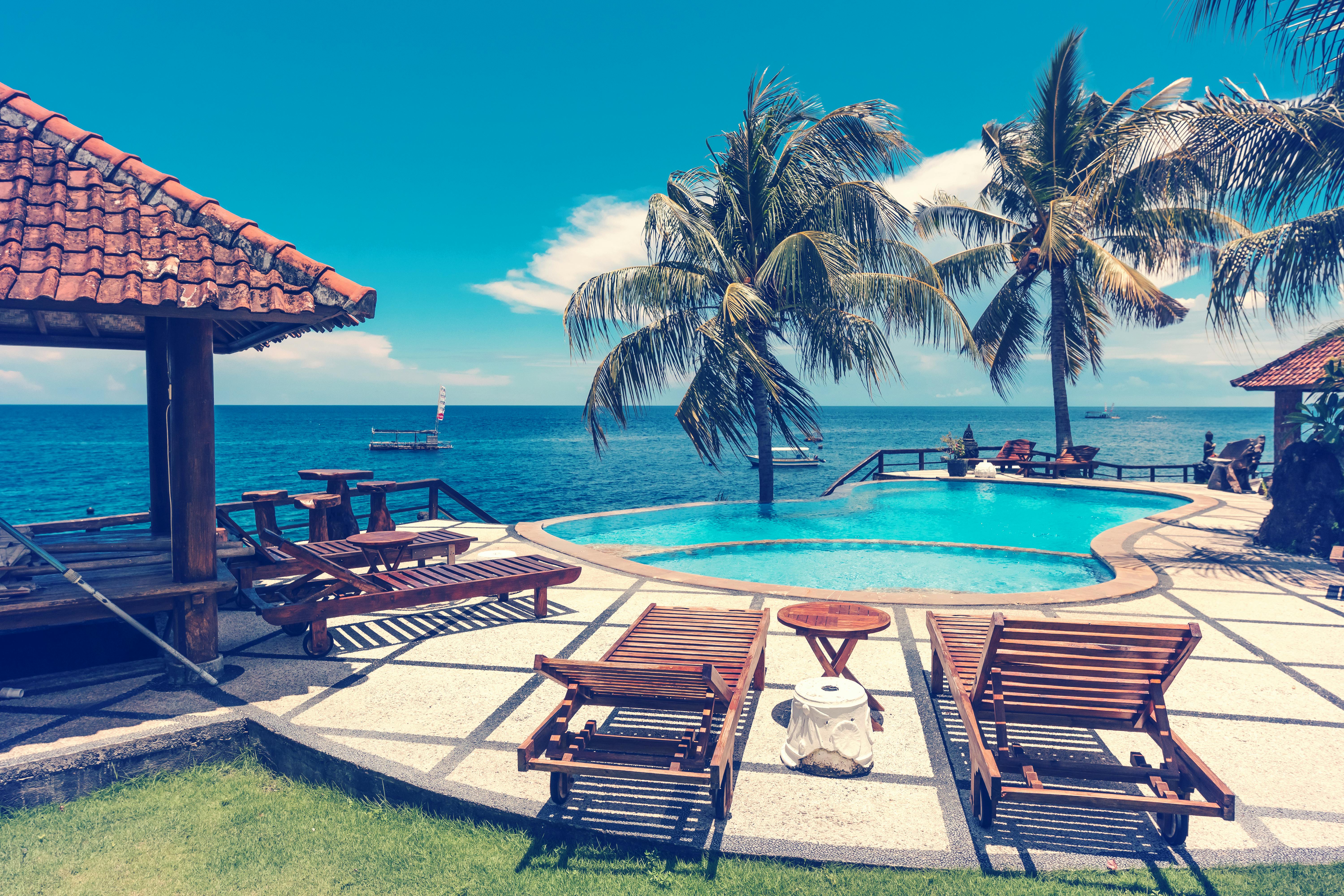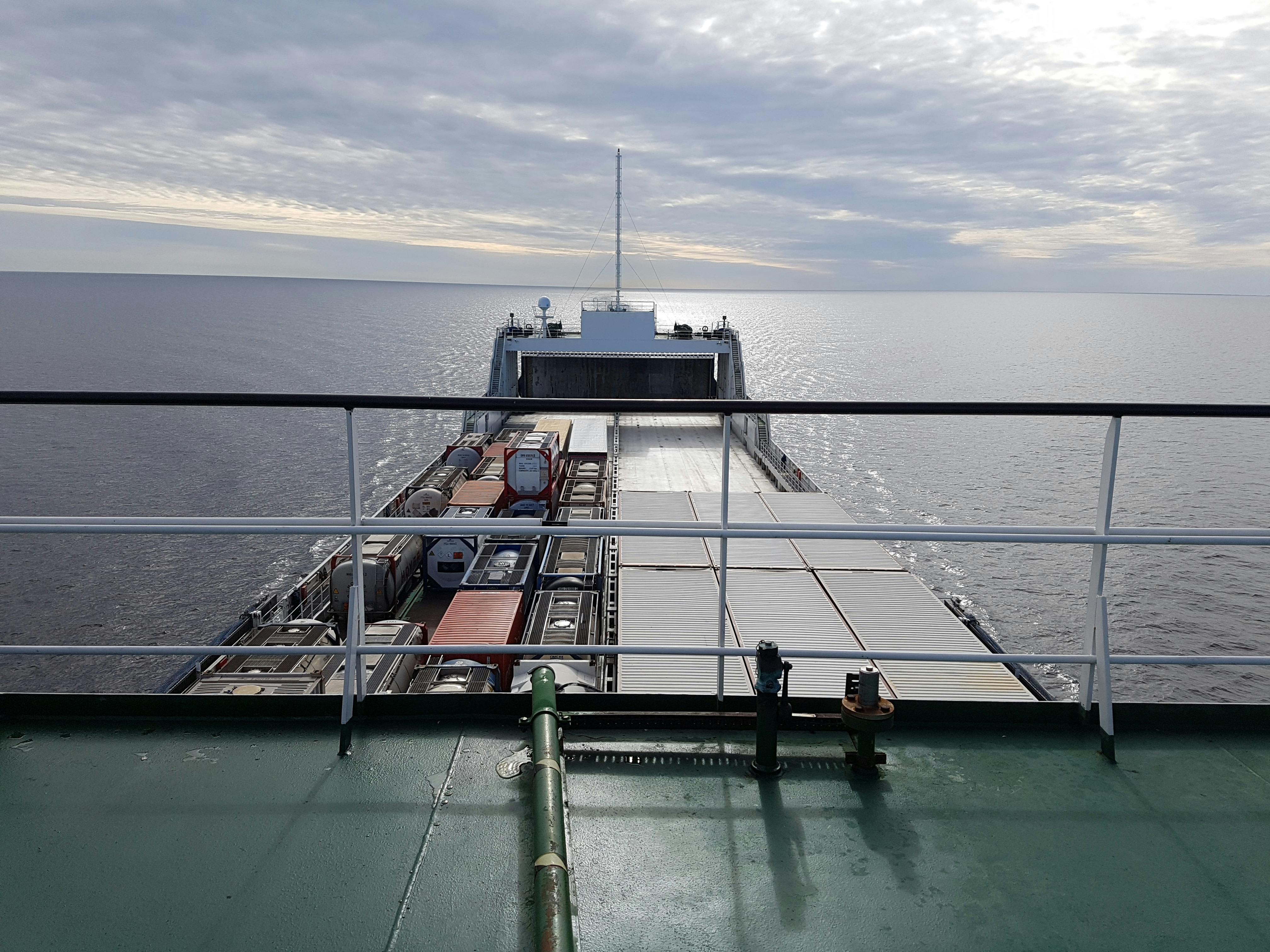For pond keepers, it is essential to ensure that the particular types of trees that are toxic are placed away from your fish pond. Most varieties of trees lose their leaves, especially during the fall season. You definitely don’t want the fish in your pond to consume any of the toxic leaves that may fall into your pond; it could ruin your eating habits. Besides that, the leaves are not nutritious for any fish.
Regardless of whether the leaves are dangerous or not, high amounts of organic matter falling into the fish pond are harmful as the leaves will eventually rot and sink to the bottom of the pond. Decaying plant life increases the amounts of carbon dioxide and ammonia in the water, which is extremely bad for fish welfare.
A net spread over the pond is a practical option, but it takes away from the overall physical appeal and experience of the fish pond. Nets may be necessary, or you can simply select tree species that don’t shed significant numbers of leaves.
There are a few varieties of trees that are sure to provide a pleasant experience and shade for your goldfish, koi, and other aquatic life in your pond on a scorching summer day. The shade of the trees you choose will help filter ultraviolet rays, which will further aid in algae control. The cooler water allows oxygen from the environment to break down in the water with much less effort.
When deciding which trees to place around a fish pond, stay away from the following:
-
Laburnum
-
Yes
-
Lime
-
Laurel
-
Bay
Additional types, while not particularly toxic, possess huge root systems that will eventually clog up your pond liners: sycamores and willows. These are just two prime examples of trees with large root systems that you should stay away from.
Here is also a list of some suitable trees to grow in gardens with fish ponds:
-
Crab apples are relatively small types of trees that are a fantastic choice for landscaping around a fish pond. The Japanese Crab Apple, as well as the fragrant Malus Pink Perfection, are excellent possibilities.
-
Swedish silver birch is fantastic if you are looking for soft foliage and bark that gradually turns white over time. For those who have an outdoor pergola located near their fish pond and are looking to add some evergreen climbers next to it, be sure to stay away from deciduous plants like ivy. This particular type of plant is among the most toxic of all climbers.
-
Various types of ash trees are the perfect choice, as their root system is quite compact and they tend not to cast too much shade. The mountain ash bears umbel-shaped flowers in the spring, accompanied by vibrant reddish berries in the fall that are all but dwarfed by the spectacular red foliage. The Japanese mountain ash produces sizable orange berries.
Additional options are mayos or hawthorns, especially if you need a hardy, hardy plant. For those wanting a fall look, a Crataegus prunifolia may be a good choice for you.
If you really want an evergreen deciduous climbing plant, Silver Queen is a great choice, as it grows quickly and barely blooms; From time to time it develops flowers, but it is easy to prune them.
In case you already have a buildup of rotting leaves in your pond, algae is likely starting to form if it hasn’t already spread. An algaecide containing beneficial microorganisms is exactly what you need for a thriving pond free of harmful bacteria.



